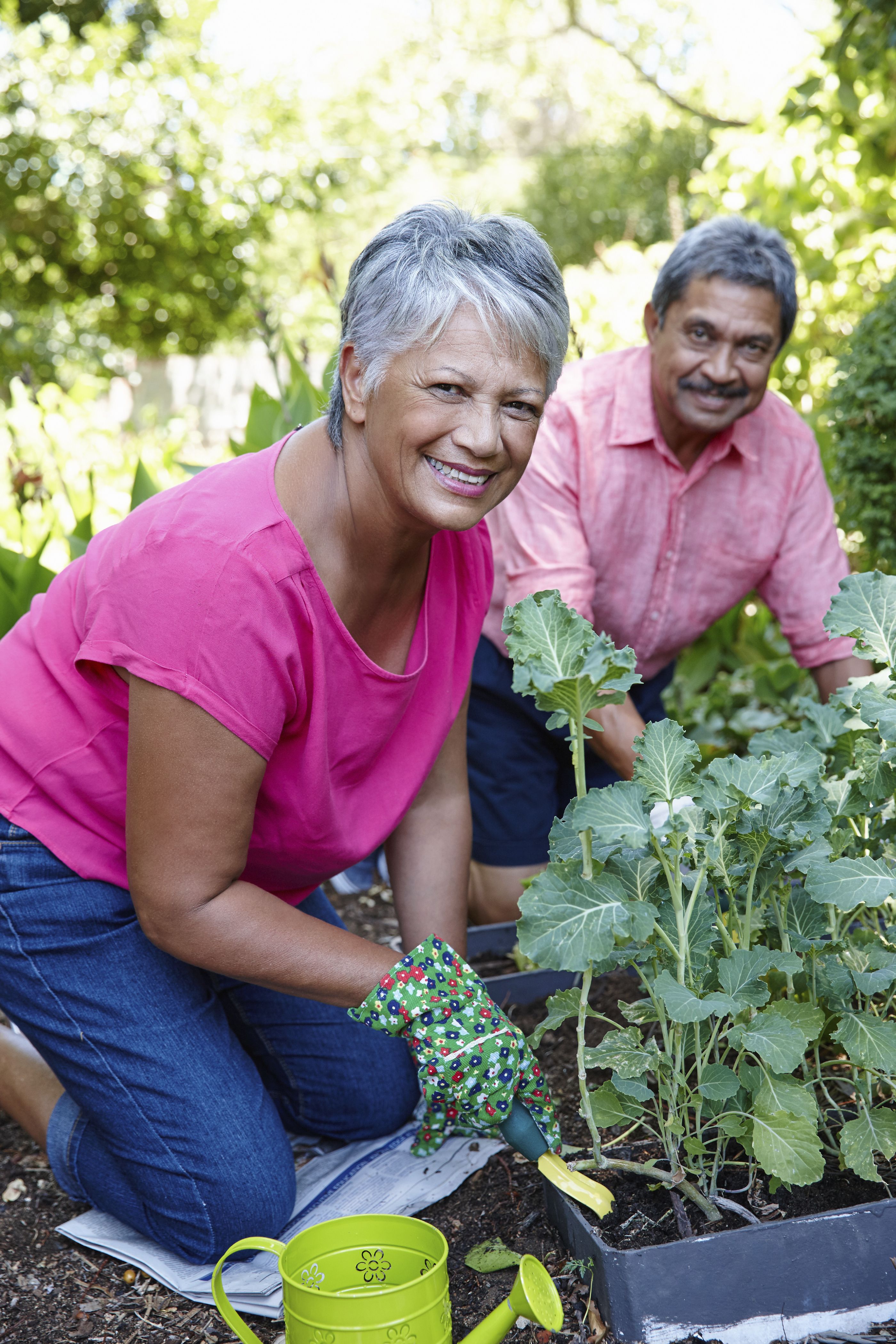AARP Eye Center
Companion Plants for the Vegetable Garden
| Companion Plants for the Vegetable Garden By CSU Horticulture Specialist, Linda Langelo 
What are the benefits of companion plants? Two different plants that can be neighbors can contribute nitrogen to the soil, shade to their companion, weed suppression, pest control, attract beneficial pollinators, enhance flavor and so much more. Here are a few companion plants to consider when you start your vegetable garden. And why not add some to your flower garden as well? Marigolds can add color to the vegetable garden and be a companion plant. Marigolds have nematocidal compounds called alpha-terthienyl. These are root exudates or fluids that are released in the soil. This disrupts the life cycle of nematodes. These are a lot of beneficial nematodes, but there are also plant parasitic root-knot nematodes and disease-promoting bacteria, fungi, and insects which damage the root system and affect the plant’s ability to absorb water and nutrients from the soil. It doesn’t matter if the marigolds are French or African. A study titled, “Marigolds (Tagetes spp.) For Nematode Management” by R. Krueger, K. E. Dover, R. McSorley, and K. H. Wang proved that 29 varieties helped control soil nematodes of different kinds and levels. Aside from that marigolds deter pests such as aphids, whiteflies, and tomato hornworms for tomatoes. Marigolds attract lace bugs and ladybugs, both very beneficial predatory insects. Marigolds are good companions for honeybees and butterflies for better pollination. Marigolds protect cucumbers from squash bugs. Marigolds can repel bean beetles and thrips. Another good garden companion is onions. The strong scent of onions deters aphids and thrips away from tomatoes. Onions deter pests from strawberries, lettuce, parsnips, and carrots. With strawberries, the strong scent deters ants and fungal diseases. Strawberries can be good companions to leaf lettuce. The mature leaf lettuce can hide the strawberries from birds. Onions keep insects and rodents away from lettuce. The strong scent of onions masks the smell of parsnips and confuses pests, but onions also improve soil structure and nutrient uptake. Carrots and onions help each other deter carrot flies and onion maggots are attracted to both crops. Herbs such as sage, parsley, and dill attract bees and pollinators. The strong scent of oregano repels slugs, nymphs, and fruit flies which attack strawberries. Oregano can keep the moisture level just right for strawberries. Parsley and dill are biennial, while sage and oregano are perennials. Crop rotation and companion planting techniques work well together. Rotating different companion vegetable plants around the perennial herbs each season works. Crop rotation is beneficial in keeping disease and pests down and companion planting enhances plants with added protection. |
| Linda Langelo is a Colorado State University Extension horticulture specialist, member of Garden Communicators International, and regular contributor to MarthaStewart.com gardening articles. She also produces The Relentless Gardener Podcast. She is a guest blogger for AARP Colorado and AARP Maryland. An equal access and equal opportunity University. https://col.st/ll0t3 |
















)


















.jpg?crop=true&anchor=13,195&q=80&color=ffffffff&u=lywnjt&w=2008&h=1154)





























